Nationality United States Name Edmund Wilson | ||
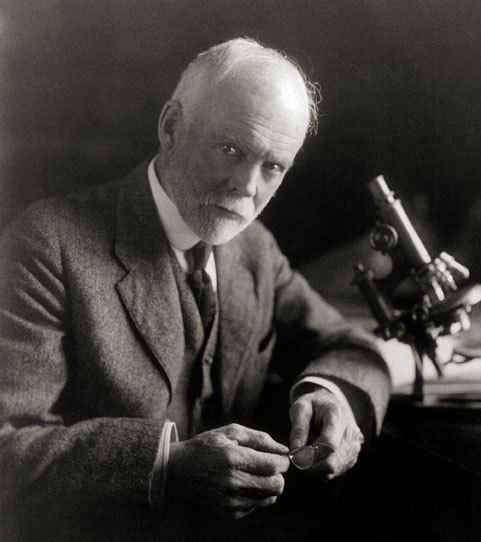 | ||
Institutions Williams CollegeMITBryn Mawr CollegeColumbia University Notable awards Daniel Giraud Elliot Medal (1925)Linnean Medal (1928)John J. Carty Award (1936)Fellow of the Royal Society Books The cell in development and inheritance, Atlas of the fertilization and karyokinesis of the ovum Similar People Nettie Stevens, Walter Sutton, Thomas Hunt Morgan, George II of Great Britain | ||
Miracle du Coran: Le système de détermination du sexe confirmé en 1905 !
Edmund Beecher Wilson (19 October 1856 – 3 March 1939) was a pioneering American zoologist and geneticist. He wrote one of the most famous textbooks in the history of modern biology, The Cell. He and Nettie Maria Stevens were the first researchers to describe the chromosomal basis of sex, but they conducted their research independently of each other.
Contents
- Miracle du Coran Le systme de dtermination du sexe confirm en 1905
- Career
- Sutton and Boveri
- Works
- References

Career

Wilson was born in Geneva, Illinois, and graduated from Yale University in 1878. He earned his Ph.D. at Johns Hopkins in 1881.
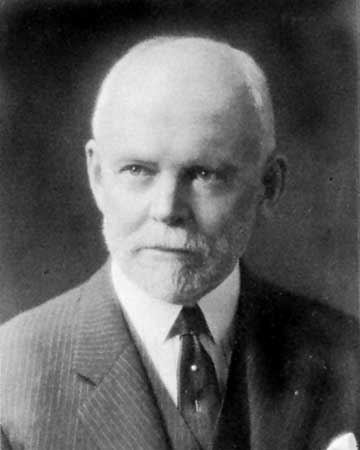
He was a lecturer at Williams College in 1883–84 and at the Massachusetts Institute of Technology in 1884–85. He served as professor of biology at Bryn Mawr College from 1885 to 1891.

He spent the balance of his career at Columbia University where he was successively adjunct professor of biology (1891–94), professor of invertebrate zoology (1894–1897), and professor of zoology (from 1897).
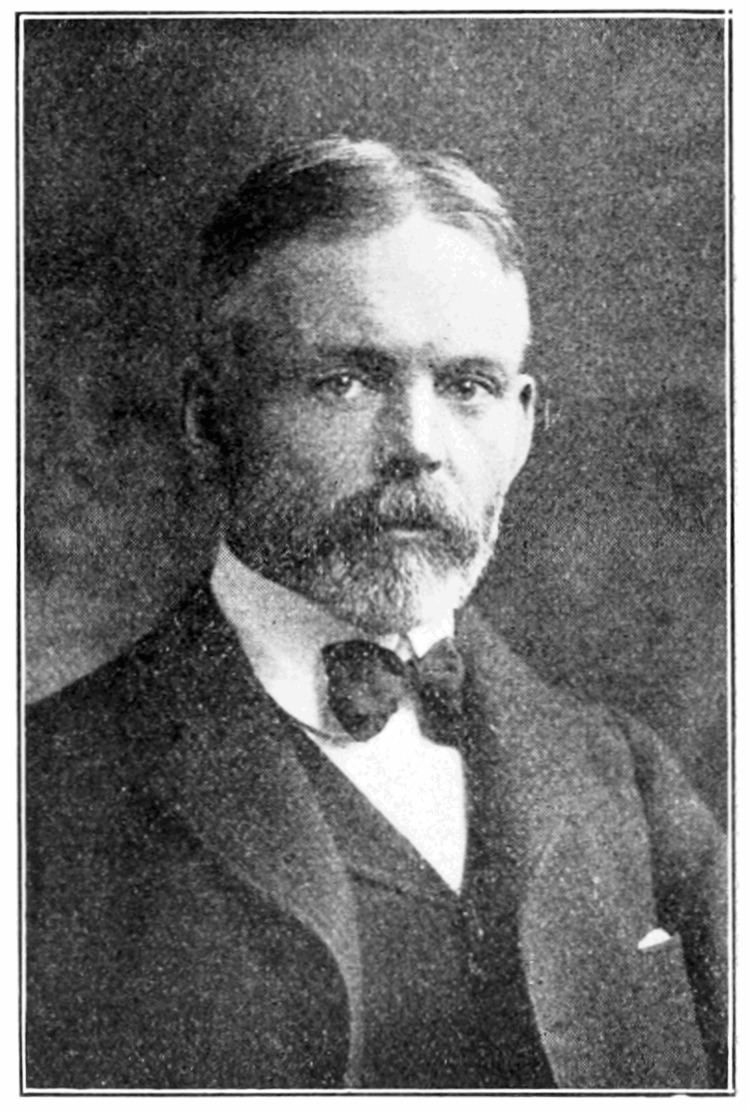
Wilson is credited as America's first cell biologist. In 1898 he used the similarity in embryos to describe phylogenetic relationships. By observing spiral cleavage in molluscs, flatworms and annelids he concluded that the same organs came from the same group of cells and concluded that all these organisms must have a common ancestor. He was elected a Fellow of the American Academy of Arts and Sciences in 1902.

He also discovered the chromosomal XY sex-determination system in 1905—that males have XY and females XX sex chromosomes. Nettie Stevens independently made the same discovery the same year.
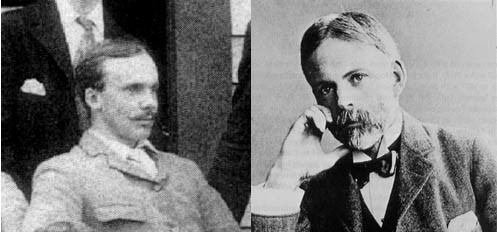
In 1907, he described, for the first time, the additional or supernumerary chromosomes, now called B-chromosomes. The same year he became a foreign member of the Royal Netherlands Academy of Arts and Sciences.
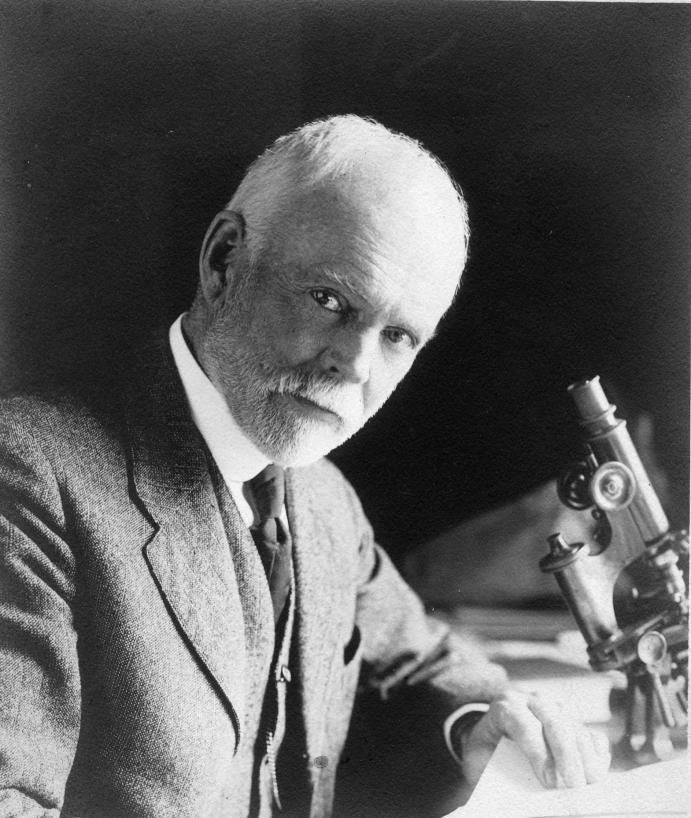
Professor Wilson published many papers on embryology, and served as president of the American Association for the Advancement of Science in 1913.
For his volume, The Cell in Development and Inheritance, Wilson was awarded the Daniel Giraud Elliot Medal from the National Academy of Sciences in 1925. The American Society for Cell Biology annually awards the E. B. Wilson Medal in his honor.
Sutton and Boveri
In 1902 and 1903 Walter Sutton suggested that chromosomes, which segregate in a Mendelian fashion, are hereditary units: "I may finally call attention to the probability that the association of paternal and maternal chromosomes in pairs and their subsequent separation during the reducing division … may constitute the physical basis of the Mendelian law of heredity". Wilson, who was Sutton's teacher and Boveri's friend, called this the "Sutton-Boveri Theory".
1902–1904: Theodor Heinrich Boveri (1862–1915), a German biologist, made several important contributions to chromosome theory in a series of papers, finally stating in 1904 that he had seen the link between chromosomes and Mendel's results in 1902 (although this is not documented in his publications). He said that chromosomes were "independent entities which retain their independence even in the resting nucleus... What comes out of the nucleus is what goes into it".
